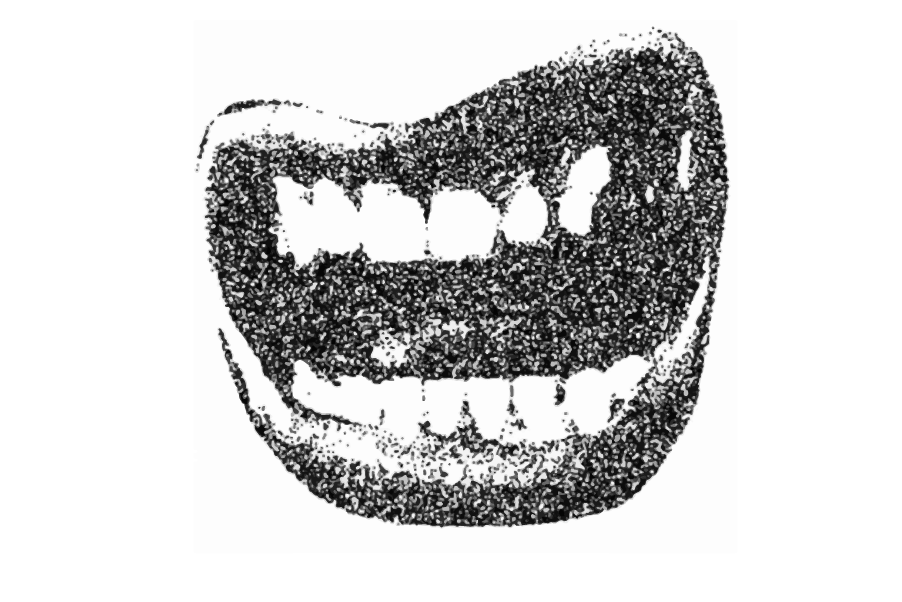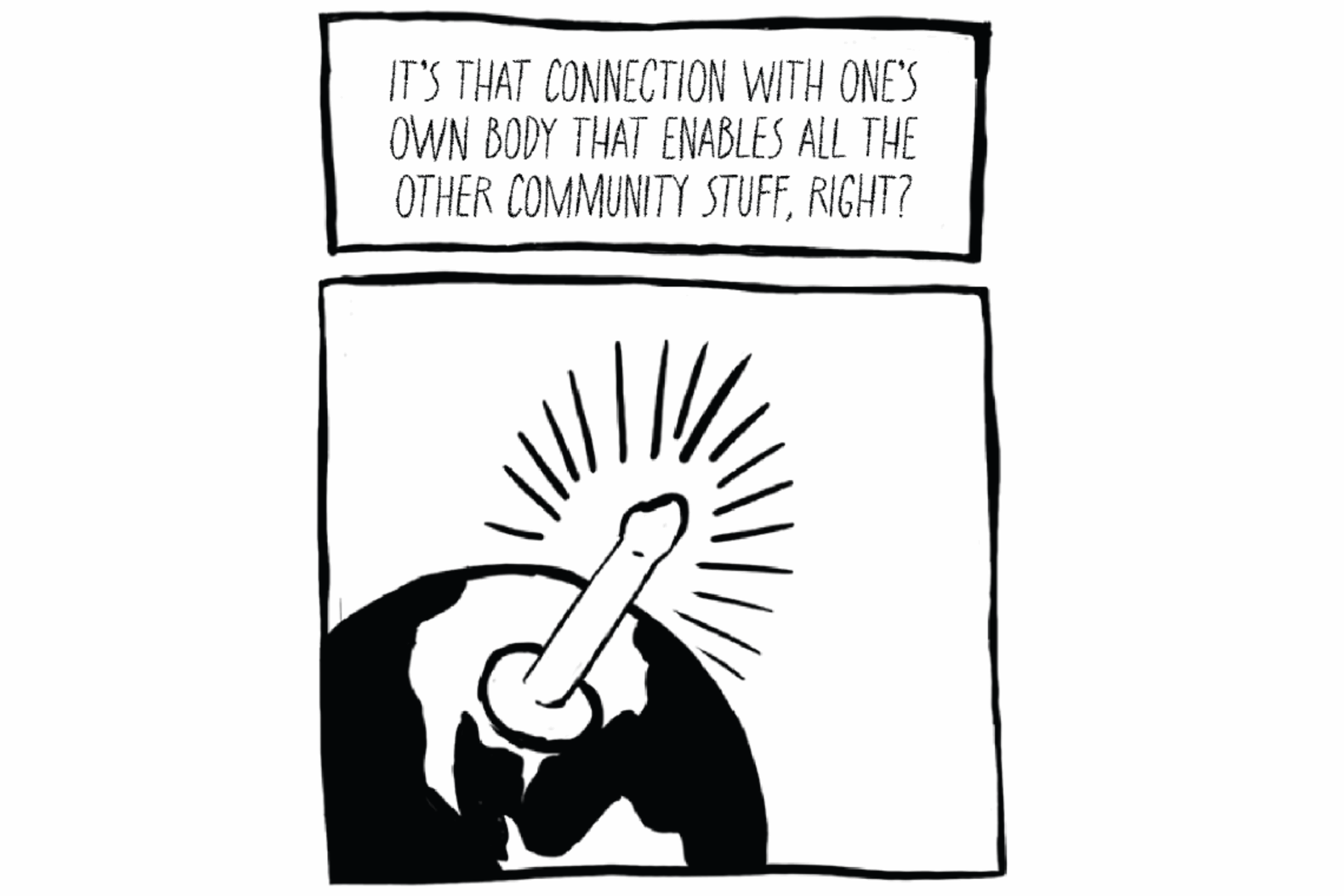The future of pop culture commentary
By: Aishah Ashraf

(Szabo Viktor/ Unsplash)
Video essays have become increasingly popular throughout the past decade as they offer deep-dive analyses of our favourite movies, television shows and other art forms. Whether it be a discussion of the plethora of Euphoria theories or the underlying meaning behind Midsommar (2019), this style of content attracts an international audience.
In addition to being a source of entertainment, these videos also allow you to learn something new through well-researched arguments. Video essays are easily one of my favourite types of videos, and I thoroughly enjoy watching them in my free time. But what is it about them that makes them so compelling? What has made them so popular over the years?
Video essays have successfully conceptualized analytical writing in a form that is much more easily digestible. As opposed to reading a 15-page document, we are provided information in a fast-paced manner with visuals that help viewers remain focused. Similar to the appeal of podcasts, we are given the opportunity to multitask and listen to the content while performing other everyday tasks. Because we have become accustomed to short-form content through applications such as TikTok, people are more inclined to watch an analysis than read one that requires double the time and effort.
Canadian YouTubers CJ The X and Ben From Canada have collectively accumulated nearly 300,000 subscribers while building channels centred on video essays. They have created niche audiences as they explore unique themes in pop culture and carefully dissect underlying meanings and symbolism that the average viewer would otherwise overlook. Both of these content creators provide in-depth analyses on topics such as the Marvel Cinematic Universe (MCU) with videos such as “WandaVision: Addiction, Abuse & The Fear of God” by CJ and “Spider-Man 3 is Good (and always has been) – Video Essay” by Ben.
They each have their own approach to videos, despite their similarities in subject areas. Ben illustrates scenes with simple voiceovers, whereas CJ uses fewer clips and sits down to talk to the camera. Both are highly compelling to watch as they combine humour with their analytical takes. With pictures, audio clips, and scenes from the source material they are analyzing, they give you a much better understanding of their theories and ideas. I appreciate that rather than just reading their opinions, we get to see their personalities shine through and laugh along with their jokes and pop culture references.
There are also many Canadian women YouTubers taking over the space, such as Salem Tovar with 513,000 subscribers and Maia C with 2,220 subscribers. The two creators share similar interests in pop culture, tropes, and social commentary, but their approaches are different yet equally entertaining.
Some individuals may prefer Maia’s faster-paced, shorter videos, such as “The Glamorization of Smoking in Media” where she directly sources her research and plays clips to support her claims. Her videos are usually less than ten minutes long, so they don’t go into too much detail, but they do give us a general idea of what she intends to prove.
On the other hand, Salem tends to take a more in-depth approach to her analyses as she uses more examples and pieces of evidence to support her thesis. Her videos are a little longer as she delves into topics such as mental health and societal standards through videos such as “This Kanye Situation is a lot Scarier Than You Think…” and “How TikTok Makes You Feel Ugly | An analysis.”
Since video essays are finally about content we are generally interested in, the world has only recently become more open to the idea. Essays aren’t normally associated with great feelings or experiences, but this genre of content has given this word a whole new definition. It’s an innovative and entertaining form of educational content that consumers now look forward to.
As we watch video essays, the answers to our questions are revealed, and we learn more about ourselves as well as the world around us. We gain a better understanding of why we are drawn to certain pieces of television, the messages subliminally embedded in them, and the impact of the media we consume. We are able to learn more about the things we’re passionate about — and what better way to spend our time than doing that.
Even though the two women create fantastic content, people seem to prefer sit-down videos rather than voiceovers where they don’t have a chance to interact with the creator. Similarly to CJ the X, Salem Tovar chooses to explore the subject while simply sitting in front of the camera and expressing her thoughts and ideas. Having been deprived of human interaction for the past couple of years, it is safe to say that creators who talk to the camera perform better than their competitors by making us feel like we are in the same room with them.
A question remains unanswered: Should film essays be the only means of reviewing and critiquing films? I think they’re a fantastic form of content, but my answer is no. Although video essays seem like reliable sources of information, they are seldom fact-checked, which erodes some of their integrity. It’s best to consume them with a grain of salt and refrain from viewing them as concrete evidence or facts. There will be times when you disagree with what is said in them, but that’s the beauty of it. You have the ability to come to your own conclusions — there is plenty of room for personal interpretation.
We live in a world of diverse forms of media that is brimming with creativity and I believe we should encourage the use of multimedia platforms. Written pieces are often more in-depth and although it may not always be my cup of tea, there are people out there who are going to be more inclined to read them. I think that’s what’s so great about the society we live in today — there’s something for everyone.





